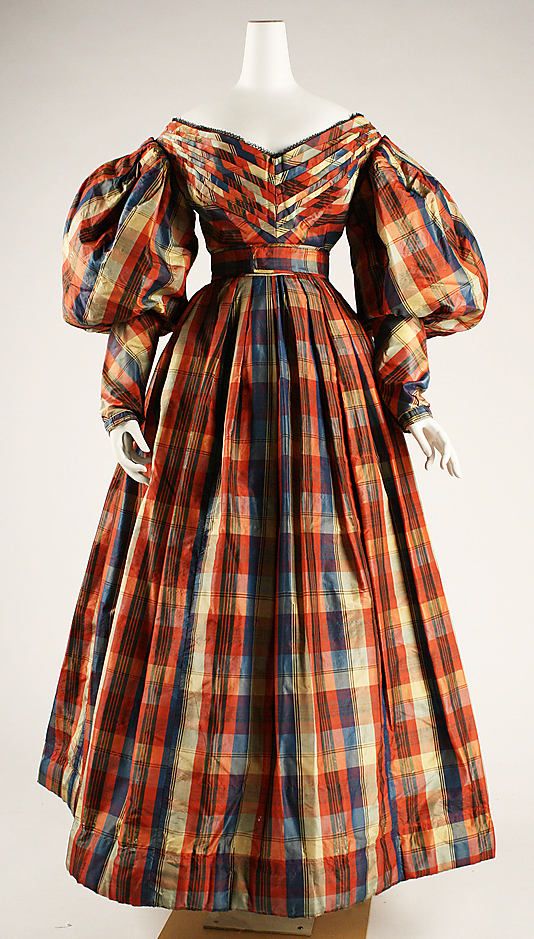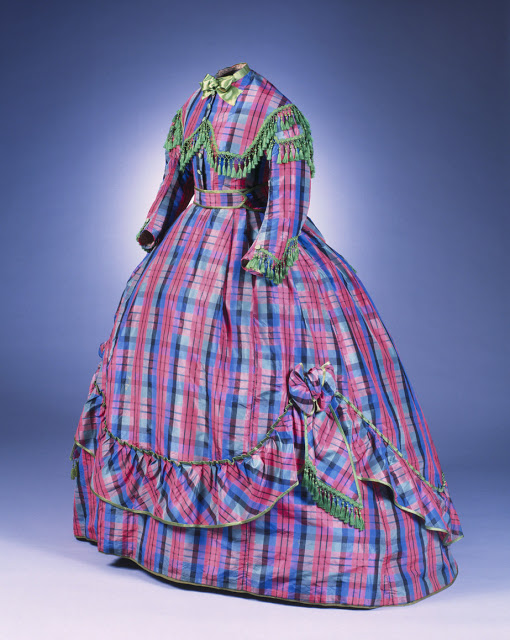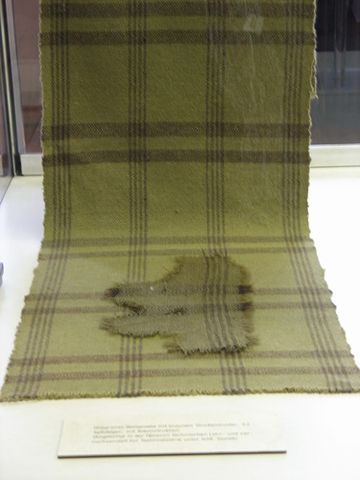
I think my next writing piece is all about shame.
Which is something we don't talk much about, but boy howdy do we exploit.
There's internal shame, but there's also what I think of as "shame-baiting"--content that's designed specifically to invoke shame in other creatives.
Which is something we don't talk much about, but boy howdy do we exploit.
There's internal shame, but there's also what I think of as "shame-baiting"--content that's designed specifically to invoke shame in other creatives.
Critique, advice, support, these are all connected. But they can be flavored with shame.
Shame, as an emotion, is incredibly potent. And many people turn their own internalized shame outward.
For some people it works. At least temporarily. But I don't think it's sustainable.
Shame, as an emotion, is incredibly potent. And many people turn their own internalized shame outward.
For some people it works. At least temporarily. But I don't think it's sustainable.
I've been a lifelong marketer my whole career, and click bait has warped our senses.
We're totally okay with emotional manipulation, playing to people's fears and darkest shame.
It's a dangerous game. It's damaging. It's ultimately very, very shitty.
We're totally okay with emotional manipulation, playing to people's fears and darkest shame.
It's a dangerous game. It's damaging. It's ultimately very, very shitty.
But the truth is NO ONE HAS IT ALL TOGETHER.
There is no end state. I don't even believe in "adulthood" anymore, really. Every industry I've ever worked in has been nothing but tied together with candy floss at worst and shoe strings at best.
There is no end state. I don't even believe in "adulthood" anymore, really. Every industry I've ever worked in has been nothing but tied together with candy floss at worst and shoe strings at best.
The people who espouse a perfect end state are truly the most insecure.
We need to be more vulnerable, more transparent. Because, friends, creatives are burning out.
Our culture and current mode of shame and consumption is smothering voices that need to be heard.
We need to be more vulnerable, more transparent. Because, friends, creatives are burning out.
Our culture and current mode of shame and consumption is smothering voices that need to be heard.
• • •
Missing some Tweet in this thread? You can try to
force a refresh























